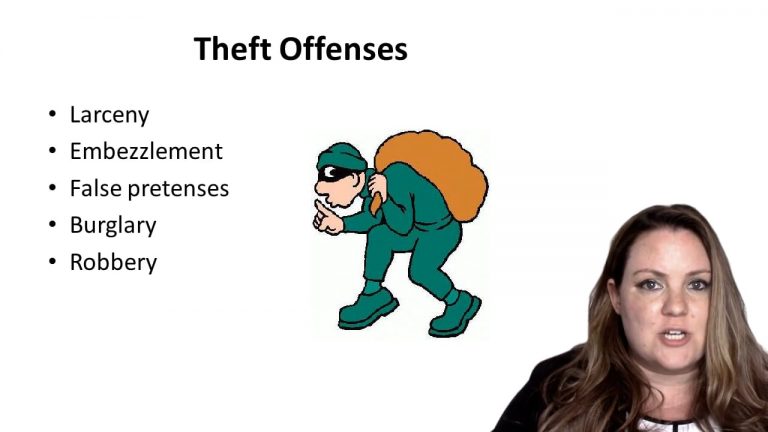SmartBrief
Confirm favorite deletion?
Criminal Law Keyed to Gershowitz
State v. Donaldson
Citation:
663 N.W.2d 882.Facts
At 1:50 a.m., a police officer saw a van with its sliding door partially open. The officer illuminated the van. As he walked towards the van, the brake lights flashed. Two men started to run. The officer gave chase, but was unable to find them. Upon returning to his squad car, the officer saw the steering column in the van had been forcibly removed and there were wires protruding from it. The radio was on and the “check engine” sign was lit on the console. Later, one of the men was found and identified as the defendant, Dean Lester Donaldson.
At trial, one of the officers testified that Donaldson had engaged all of the electric systems. After turning on the electric accessory systems in the car, according to the officer, all Donaldson had left to do was engage the starter.
The defendant was convicted of second-degree theft. He appealed, arguing that the facts were not sufficient to support a conviction for second-degree theft. Specifically, he argued that because he did not engage the engine, he did not possess or control the van.
Only StudyBuddy Pro offers the complete Case Brief Anatomy*
Access the most important case brief elements for optimal case understanding.
*Case Brief Anatomy includes: Brief Prologue, Complete Case Brief, Brief Epilogue
- The Brief Prologue provides necessary case brief introductory information and includes:
Topic:
Identifies the topic of law and where this case fits within your course outline.Parties:
Identifies the cast of characters involved in the case.Procedural Posture & History:
Shares the case history with how lower courts have ruled on the matter.Case Key Terms, Acts, Doctrines, etc.:
A case specific Legal Term Dictionary.Case Doctrines, Acts, Statutes, Amendments and Treatises:
Identifies and Defines Legal Authority used in this case.
- The Case Brief is the complete case summarized and authored in the traditional Law School I.R.A.C. format. The Pro case brief includes:
Brief Facts:
A Synopsis of the Facts of the case.Rule of Law:
Identifies the Legal Principle the Court used in deciding the case.Facts:
What are the factual circumstances that gave rise to the civil or criminal case? What is the relationship of the Parties that are involved in the case.Issue(s):
Lists the Questions of Law that are raised by the Facts of the case.Holding:
Shares the Court's answer to the legal questions raised in the issue.Concurring / Dissenting Opinions:
Includes valuable concurring or dissenting opinions and their key points.Reasoning and Analysis:
Identifies the chain of argument(s) which led the judges to rule as they did.
- The Brief Prologue closes the case brief with important forward-looking discussion and includes:
Policy:
Identifies the Policy if any that has been established by the case.Court Direction:
Shares where the Court went from here for this case.
Topic Resources
Topic Outline
Topic Refresher Course
Topic Charts & Notes

 9m 29s
9m 29s